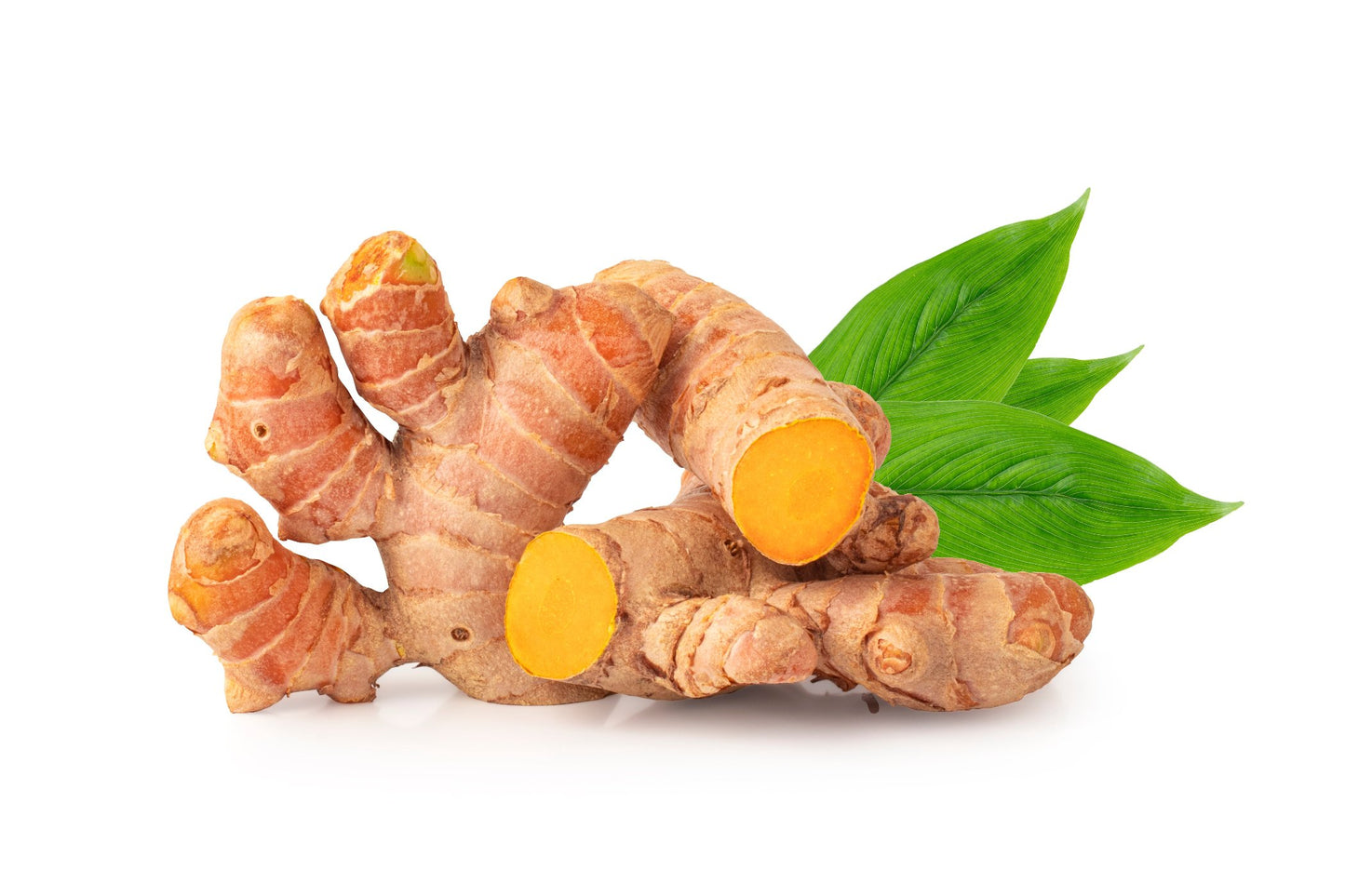NON GMO
High Germination Seeds
5000+ Happy Customers
Trusted Australia-wide
5 Star Reviews
Across Products & Service
Seeds N Beyond
Turmeric Rhizomes/Crowns
Turmeric Rhizomes/Crowns
Couldn't load pickup availability
Turmeric Rhizomes/Crowns
A Versatile Herb for Cooking and Health
Grow your own turmeric rhizomes, a prized ingredient in Indian cuisine and a valuable herbal remedy. This tropical perennial offers beautiful white flower spikes and flavorful rhizomes that can be used fresh or dried.
Key Features:
- Versatile uses: Enjoy the rhizomes in curries, drinks, and as a food coloring.
- Medicinal benefits: Known for its health-promoting properties.
- Beautiful flowers: Admire the attractive white flower spikes.
- Easy to grow: Thrives in well-draining soil with adequate moisture.
Growing Turmeric from a Rhizome
Family: Zingiberaceae
Scientific Name: Curcuma longa
Life Cycle: Perennial
This comprehensive guide provides home gardeners with all the essential information to successfully plant, cultivate, and care for turmeric (Curcuma longa).
Best Time to Plant Turmeric
Turmeric thrives in warm seasons. Refer to the table below to determine the optimal time for planting turmeric rhizomes based on your climate.
Preparing for Planting
Turmeric grows best in full sun or partial shade. Select a location that receives a minimum of three hours of direct sunlight daily, preferably with morning sun and afternoon shade.
Ensure the soil is well-draining and enriched with organic matter. Before planting, thoroughly weed the area, loosen the soil, and incorporate aged animal manure or compost. Keep the soil weed-free until planting. You can find additional details on soil preparation here.
Turmeric can also be cultivated in containers, which is especially beneficial for temperate and colder climates. Use high-quality potting mix and a container that accommodates mature plants—at least 40 liters in capacity. Since container-grown plants may require additional nutrients, supplement with fertilizer as needed during the growing season to promote healthy growth.
Planting Turmeric Rhizomes
Turmeric grows from rhizomes—thickened underground stems that spread horizontally. Shoots emerge from growing points or ‘eyes’ on the rhizomes.
For successful shoot development, soil temperatures should remain between 20-30°C.
- Plant rhizomes 5 cm deep, ensuring the growing points face upward.
- Maintain a 15 cm spacing between rhizomes.
- Keep the soil slightly moist but not overly wet until shoots emerge.
Caring for Turmeric Plants
Turmeric requires consistent watering during the growing season. Prevent the soil from drying out, ensuring it remains evenly moist but not waterlogged. Water deeply in the early morning or late afternoon while avoiding contact with the leaves to reduce the risk of fungal diseases. More watering tips can be found here. As the plant begins to die back, reduce watering to encourage rhizome development.
If the soil was well-prepared, additional fertilization may not be necessary. However, for nutrient-deficient soil or an added boost, consider applying:
- Slow-release fertilizer at the recommended rate when shoots reach 5-10 cm in height.
- Liquid fertilizer at the suggested rate and frequency during spring and summer.
In colder climates, turmeric plants may die back during autumn or winter. As the leaves begin to yellow and wither, either harvest the crop or cut the plants back to ground level. Alternatively, move potted plants indoors or into a greenhouse during colder months. If rhizomes become overcrowded, lift them in spring, divide them into smaller sections, and replant.
Harvesting Turmeric
Turmeric is generally ready for harvest within 160-190 days.
Rhizomes can be harvested as needed or all at once at the end of the growing season. To harvest individual rhizomes, gently dig around them and lift them from the soil. Shake off any excess soil and trim the stems 1-2 cm above the rhizome. For harvesting entire plants, wait for the foliage to yellow and die back, then carefully lift the entire plant. Remove excess soil and trim stems accordingly.
For short-term storage, turmeric can be kept at room temperature or stored unpeeled in an air-tight container in the refrigerator. For longer storage, turmeric can be peeled and frozen or dried and ground into powder using a food processor. When handling fresh turmeric, be cautious, as it can stain clothing, cutting boards, plastic containers, and cooking utensils permanently.
Sourced & Delivered by SEEDS N BEYOND Australia
Share


